There’s a niche area of farming – away from the mainstream business of producing beef, lamb, pork, chicken and eggs – quietly doing its bid to preserve Britain’s rare native livestock and equine breeds.
There are sheep and cows among these, but also pigs, horses, ponies, goats, chickens, turkeys, ducks and geese.
In fact, the Rare Breeds Survival Trust (RBST) has more than 100 varieties on the “priority” section of its 2025-26 watch list alone.
They include Eriskay ponies, Tamworth pigs and Old English goats.
There are dozens of poultry breeds getting the priority treatment.
Chicken varieties include Andalucian, Australorp, British Faverolles, Buff Orpington, Cream Egbar, Croad Langshan, Minorca, Nankin, Scots Dumpy and Sicilian Buttercup.
Bourbon Red, Crollwitzer (Pied), Harvey Speckled and Narragansett are among the turkey types.
How many of these have you heard of? These fabulously-named animals are new to me.
Then there’s the “at risk” category, which includes Llanwenog and Lonk sheep, Shetland and Traditional Hereford cattle, Clydesdale horses, Highland ponies, British Saddleback pigs, Bagot goats and many more.
Many of these breeds would die out if it wasn’t for the efforts of the RBST and a dedicated band of people throughout the UK who are committed to keeping them alive.
Alice Lennox straddles both camps, having recently found her “dream job” with RBST.
She grew up surrounded by rare breeds of pigs, cattle, sheep, horses, chickens, ducks and other animals. Her mum and dad, Graham and Debbie Lennox ran Doonie’s Rare Breeds Farm, in Aberdeen.
Well-loved Doonie’s finally shut in 2003
For decades, Doonie’s was a well-loved destination for visitors from across the north-east and beyond. It was also a working conservation farm, with RBST accreditation.
But it was forced to close in August 2023 after landowner Aberdeen City Council decided to make the site part of the city’s multi-million-pound energy transition zone.
The Lennoxes had run Doonie’s for 30 years, and it had been open since the 1970s.
Now a few months into her new job as Scottish co-ordinator for RBST, Alice told me she was loving the role. She added: “I’m spinning a lot of plates but thoroughly enjoying it.
Alice won the rare breeds champion of the year title in the 2023 RBST Scotland Food and Farming Sustainability Awards.
The accolade recognised her work at Doonie’s from 1993 until its closure, and her decade volunteering with RBST support groups around Scotland.
She is as passionate as ever about rare breeds and still gets to look after animals belonging to her friends.
She’s effectively the face of RBST north of the border, focused on achieving its objectives here.
Her days are devoted to conserving and promoting native livestock and equine breeds as sustainable alternatives to the intensively farmed animals that have come to dominate our countryside in recent decades.
Her duties also include managing events, supporting applications for funding and advising on conservation projects.
Events she’s at the heart of in 2025 include the RBST Scotland Conference on July 31.
Asked why her work is so important, Alice said: “Our rare native livestock and equine breeds have long served Scottish farms and communities.
“They continue to deliver important roles today and for the future too.
‘Fantastic’ equine breeds
“Bred for local landscapes and conditions, our rare livestock breeds are ideal for high quality, nutritious and sustainable food production that also supports the natural environment.
“The equine breeds are fantastic across a range of disciplines, and the ponies are also excellent for improving natural biodiversity through conservation grazing.”
Conserving the genetics of these irreplaceable breeds could also be crucial in the face of future disease outbreaks, the impacts of climate change or other as-yet-unknown challenges.” Alice Lennox, Scottish co-ordinator, RBST
She added: “There are fantastic examples of rare livestock and equine breeds at the heart of farm diversifications.
“Conserving the genetics of these irreplaceable breeds could also be crucial in the face of future disease outbreaks, the impacts of climate change or other as-yet-unknown challenges.
“These breeds are part of Scotland’s identity and I look forward to exploring their future at the heart of farming and land management at the RBST Scotland Conference at Guardswell Farm, Perthshire, on July 31.”
Rare breeds contributing £700m a year to rural economies around UK
Through its 4,200 members, staff and support groups, RBST provides a network of knowledge to support and encourage those doing their bit to support native rare breeds.
Native breeds play a major role in rural life in the UK.
According to RBST, there are around 30,000 herds and flocks in the category contributing more than £700 million a year to local economies around Britain.
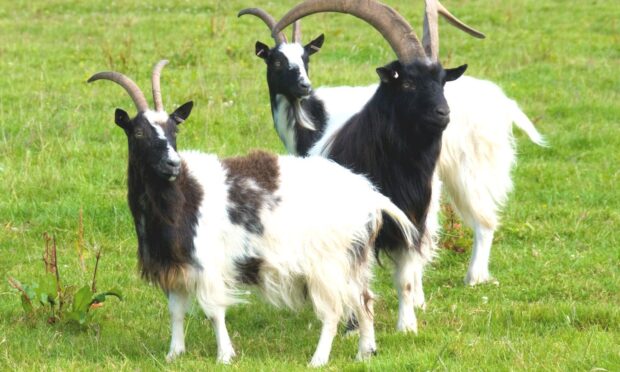
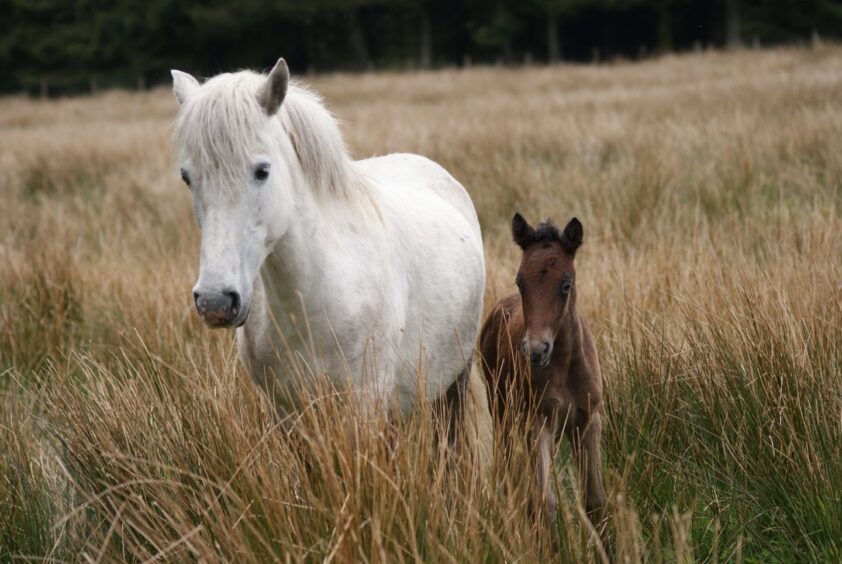
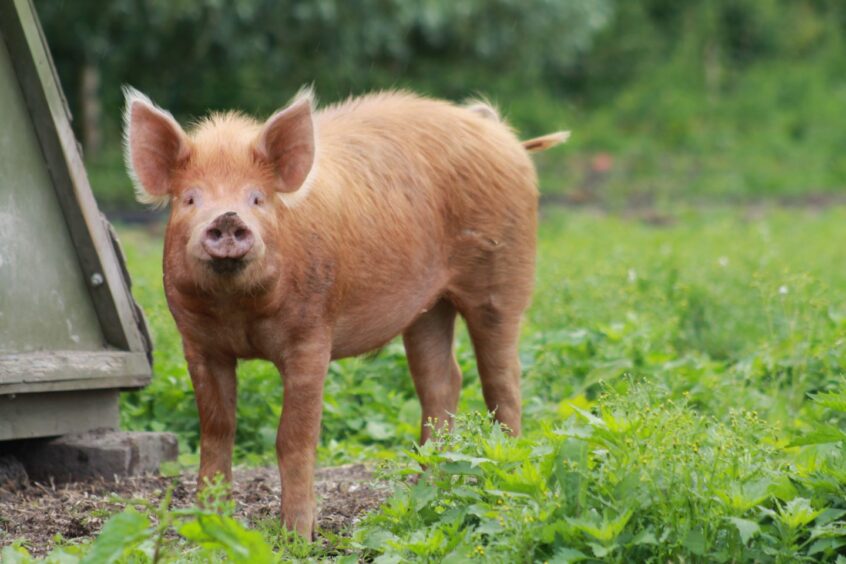
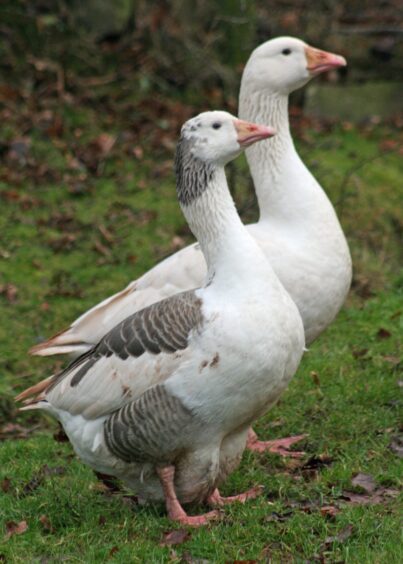
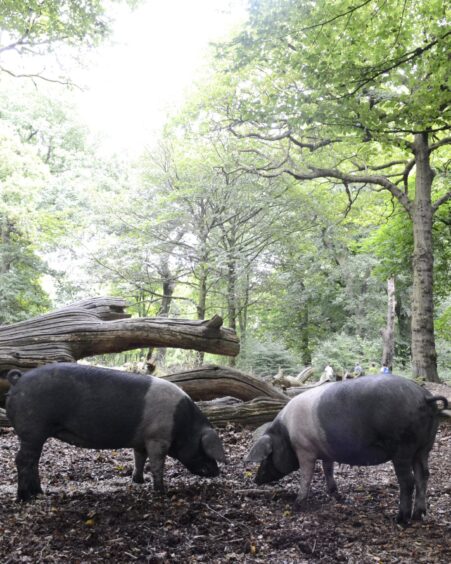
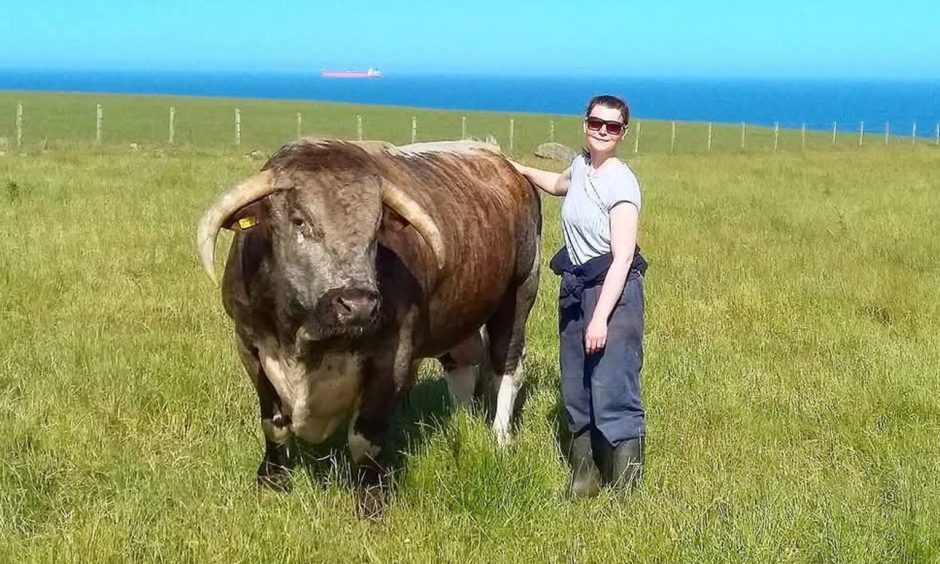
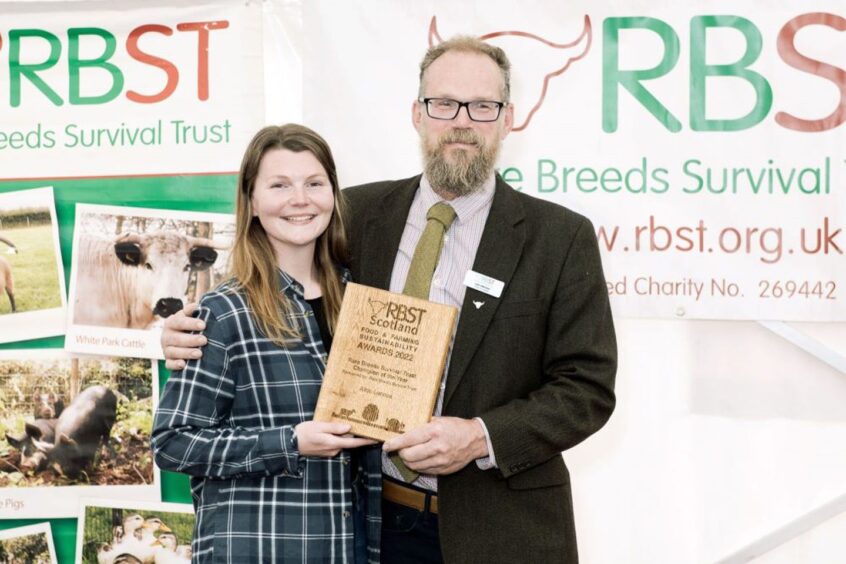
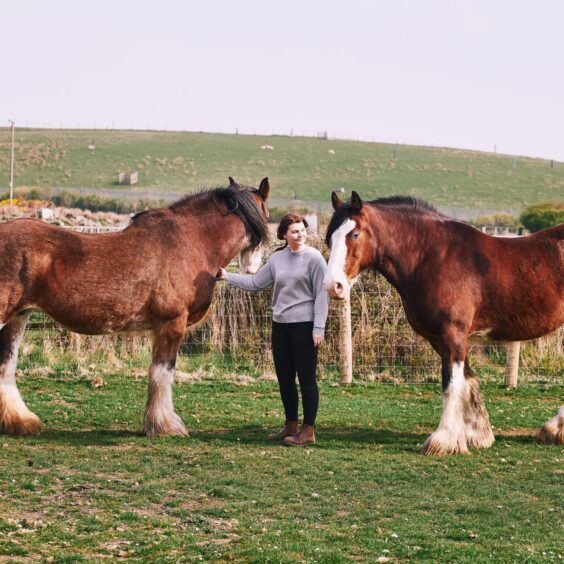
Conversation